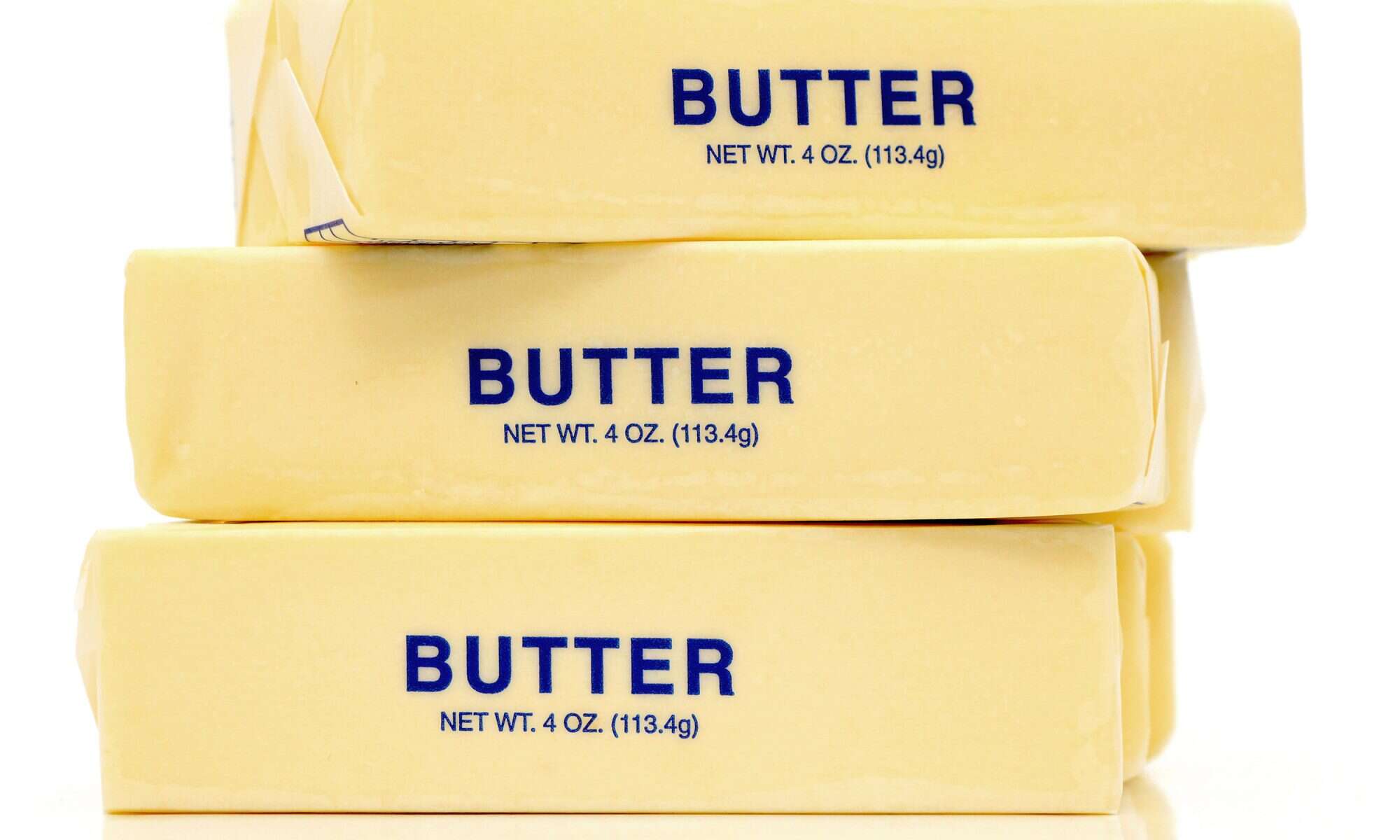Fats

Lipids and Fats
In this lesson we will study Fats. Fats are included in a group of organic molecules called Lipids that do not dissolve in water but dissolve in organic solvents. Lipids also includes sterols (including cholesterol), waxes, phospholipids and fat-soluble vitamins (A, D, E and K). Like Carbohydrates, they are made up of the elements: carbon, hydrogen and oxygen. Fats are specifically compounds made up of fatty acids and the sugar alcohol glycerol. Similar to carbohydrates with monosaccharides, disaccharides and polysaccharides, there are monoglycerides, diglycerides and triglycerides. The most common type of fats in foods are triglycerides.
The fats in foods may be solid or liquid. Liquid fats are called oils. The body uses fats to maintain its temperature and to cushion organs. Fats also help the body use certain vitamins. Cooking oils, nuts, fish, and avocados can be healthy sources of fat. But some fats can be harmful. For example, the eating of certain fats has been linked to heart disease. These fats are found in meats, dairy products, lard, shortening, and many packaged snacks.
The difference between Fats and Oils in terms of cooking are:
Fats are solid animal fats, for example, lard, suet, butter and cream.

Oils or vegetable oils are plant fats that are liquid at the room temperature, for example, corn, canola, seed, nut, olive, soybean and palm-tree oils.

Vegetable fats are plant fats that are solid at room temperature, for example, vegetable shortening, margarine and coconut butter.

